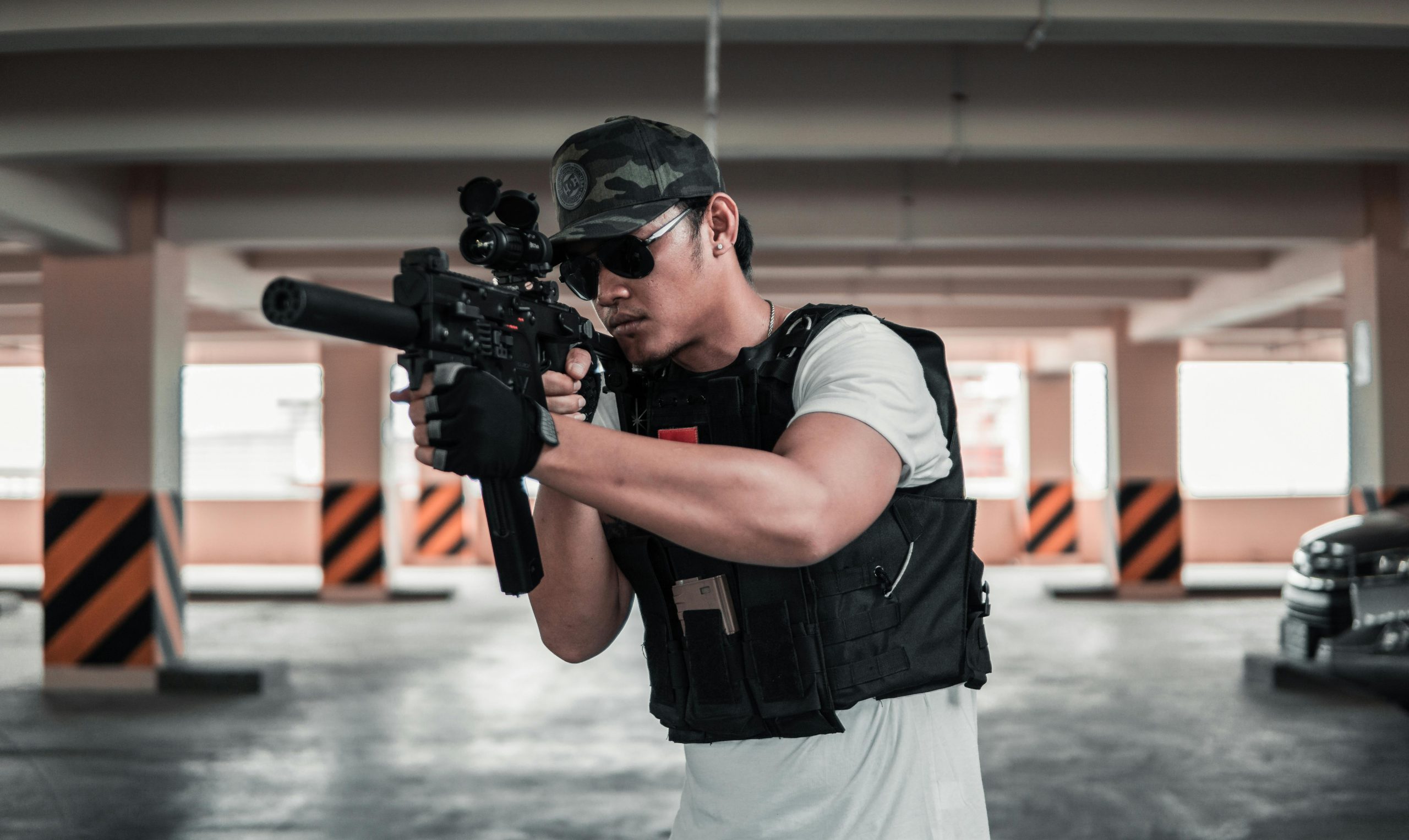The Complexity of Hostage Recovery: A Closer Look at Security Operations
In recent discussions surrounding the ongoing conflict in the Middle East, a striking question has emerged: how is it that Israeli military forces can identify and target specific Iranian personnel located thousands of miles away, yet face significant challenges in locating hostages within a relatively compact area? This puzzle raises important considerations about intelligence, operational capabilities, and the multifaceted nature of warfare.
The Intricacies of Modern Intelligence
Contemporary military operations heavily rely on advanced technology and intelligence gathering methods. Nations like Israel employ sophisticated surveillance techniques, which include satellite imagery, signals intelligence, and human intelligence (HUMINT) sources. These assets enable them to track movements and communications, allowing for precise actions against targets, regardless of their geographical distance.
In the case of identifying Iranian military personnel, the collection and analysis of vast amounts of intelligence data play a critical role. Israel’s intelligence agencies, such as the Mossad and Aman, are renowned for their meticulous approach to surveillance and data interpretation. With a keen understanding of patterns and behaviors, they can pinpoint key figures involved in military operations, often leading to successful missions far from their borders.
The Challenge of Hostage Situations
While remote targeting can often be achieved with high efficiency, hostage recovery operations pose a unique set of difficulties. The geographical proximity of hostages does not translate to ease of rescue; rather, the environment is fraught with complications. Urban warfare, asymmetric tactics employed by militant groups, and the potential for civilian casualties all create a challenging landscape for military engagement.
In a condensed area such as a 4×25 mile strip, hostages could be hidden within complex structures, among civilians, or in tunnels. The presence of armed groups complicates the situation further, as they may utilize hostages as human shields, making the intervention even more perilous. Furthermore, the need to ensure the safety of the hostages often requires a more cautious approach, diverging from the swift strike mechanisms used against military personnel.
Balancing Act: Security and Humanitarian Concerns
Israel’s efforts to secure hostages must also take into account the humanitarian implications of military actions. The ethical considerations of using force to rescue hostages involve weighing the potential risks to innocent lives against the imperative to save those in captivity. This balance necessitates the involvement of not only military strategists but also diplomats and humanitarian organizations to navigate the complexities of such operations.
Conclusion
The question of why a nation can



